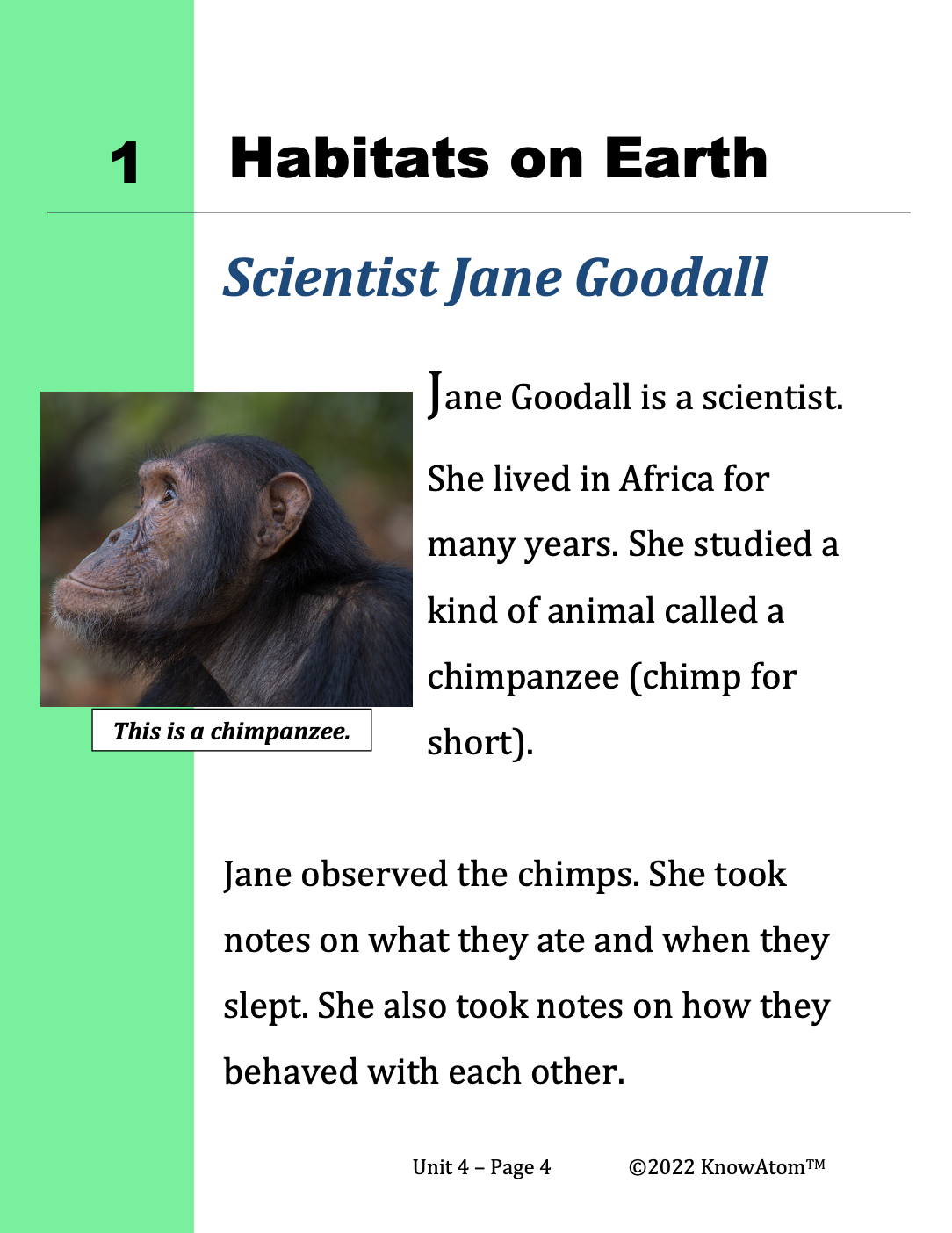
This unit has students exploring animal habitat and predator-prey relationships. Once students model the living and nonliving parts of different habitats, they focus on how living things depend on other living things in their habitat for survival. As a class, students model the predator-prey relationship between foxes and rabbits in a forest habitat, and then dissect owl pellets to analyze a barn owl’s diet.
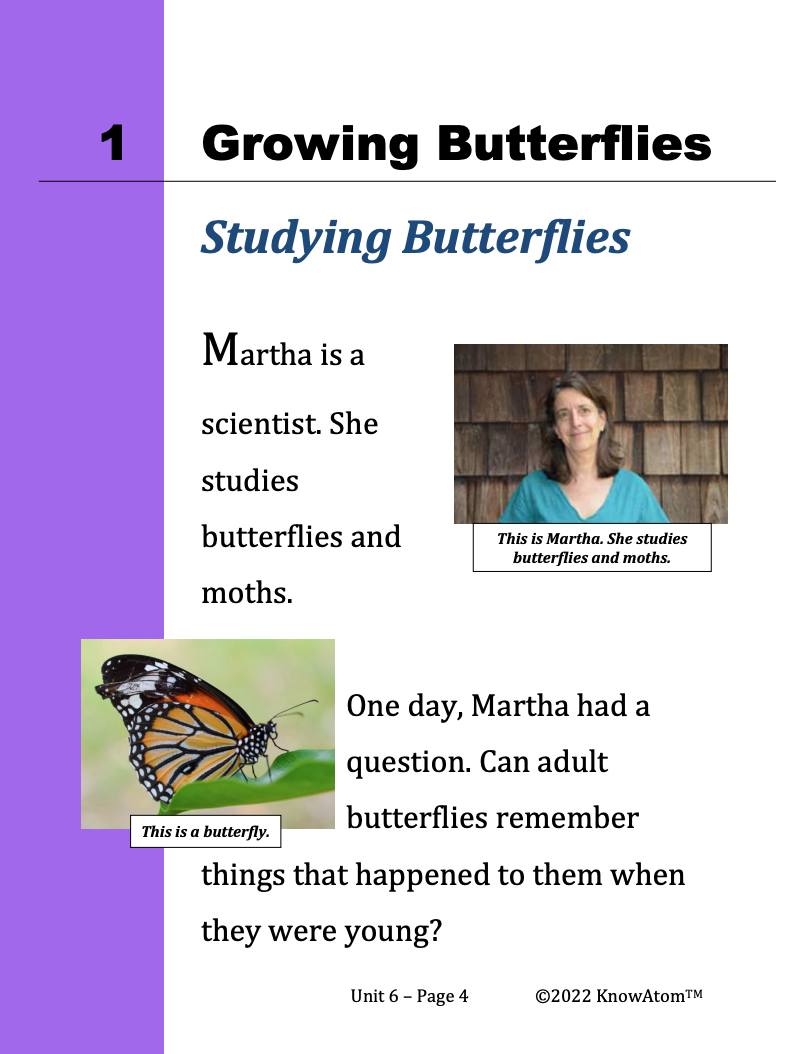
In this unit, students continue to learn about living things, focusing on animals. They begin by observing the metamorphosis of a butterfly and then model the parts of a butterfly that help it survive in its environment. This page highlights each component of lesson two in which students explore a butterfly’s body structure and function.

In this unit, students continue to explore the phenomena of living things, focusing on animals. They begin by observing the metamorphosis of a butterfly and then model the parts of a butterfly that help it survive in its environment. This page provides an overview of key components of this lesson that has students applying what they know about pollination to design a self-pollinating technology.
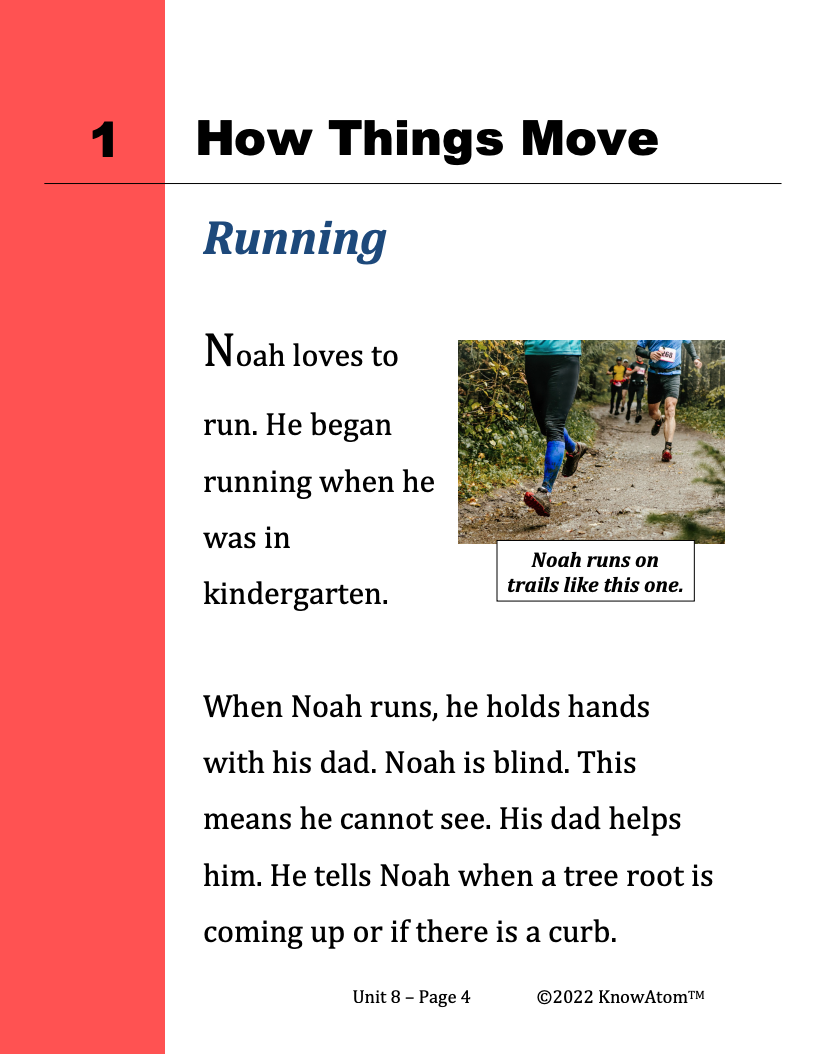
In this unit, students use propeller cars to explore the science phenomena of forces. They investigate action-reaction forces and see if a propeller car travels farther when its rubber band releases a smaller or larger force. Students then explore how friction affects motion by testing how far their car moves after rolling over smooth and rough surfaces.
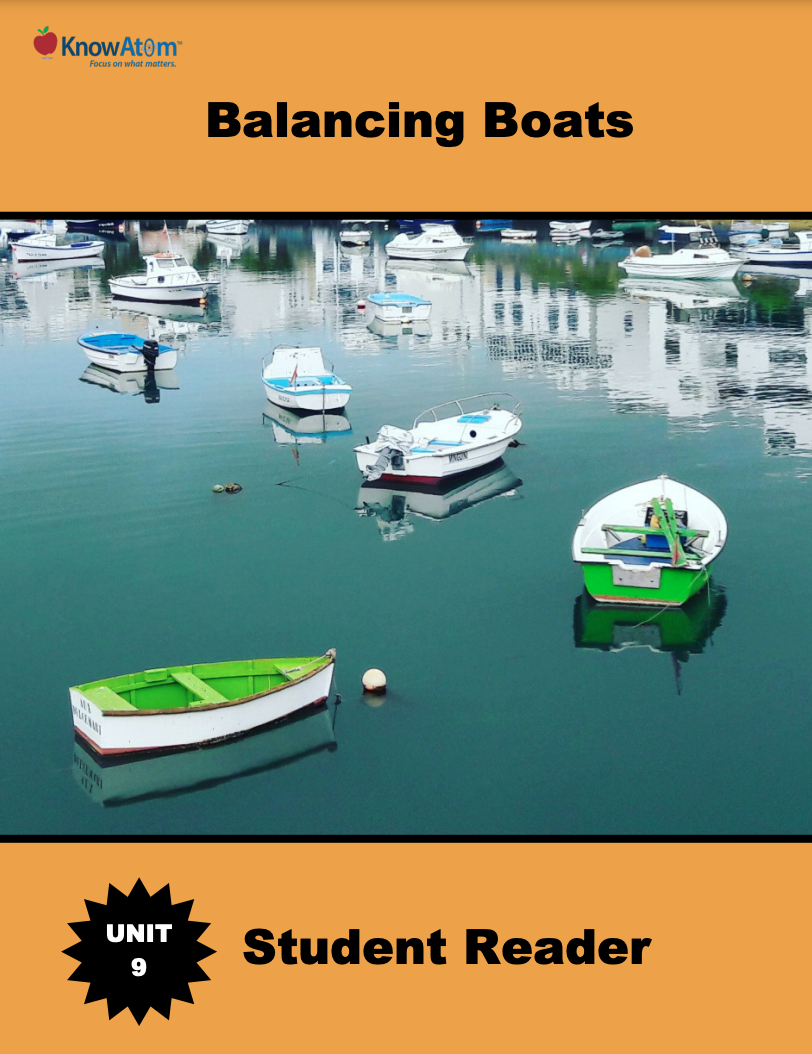
In the last unit, students used propeller cars to explore the relationship between forces and motion. In this unit, students continue to explore vehicles with a focus on boats and specifically the science phenomena of properties that cause objects such as boats to float or sink.
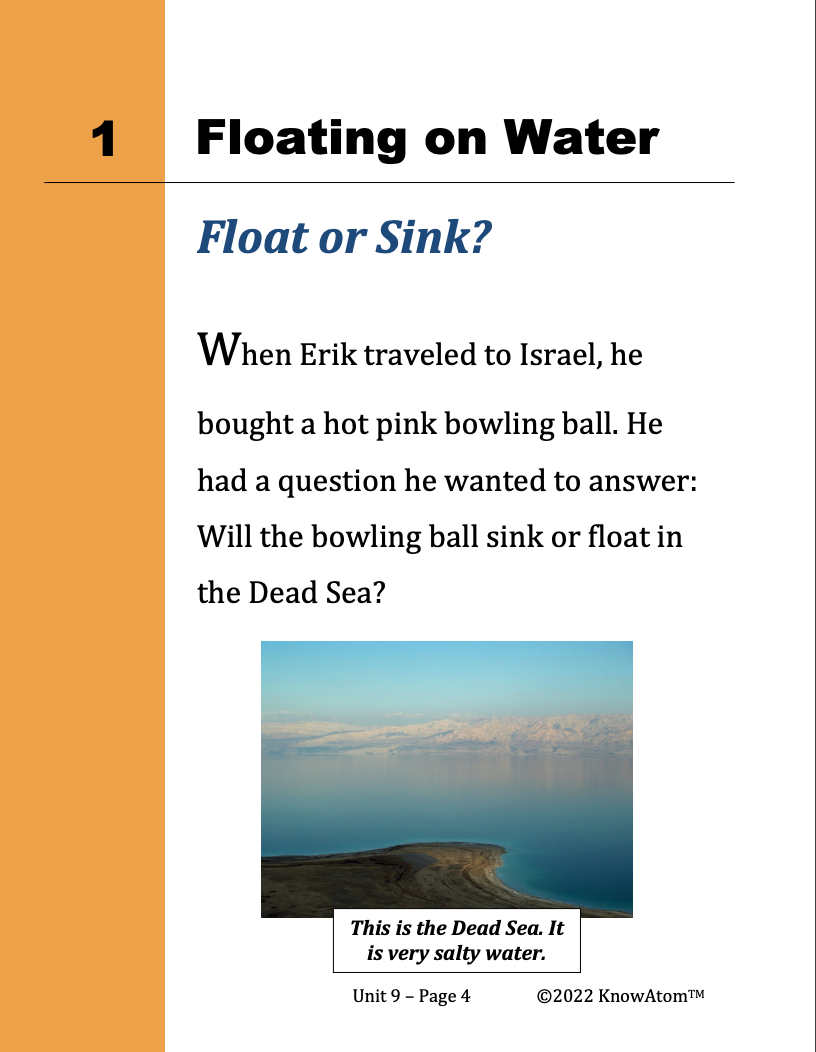
In this unit, students investigate what makes an object float or sink, exploring the science phenomena of properties of objects that float and sink. This page is a high-level extract of the last lesson in 2nd grade that has students applying their knowledge about the relationship between an object’s properties and its ability to float.
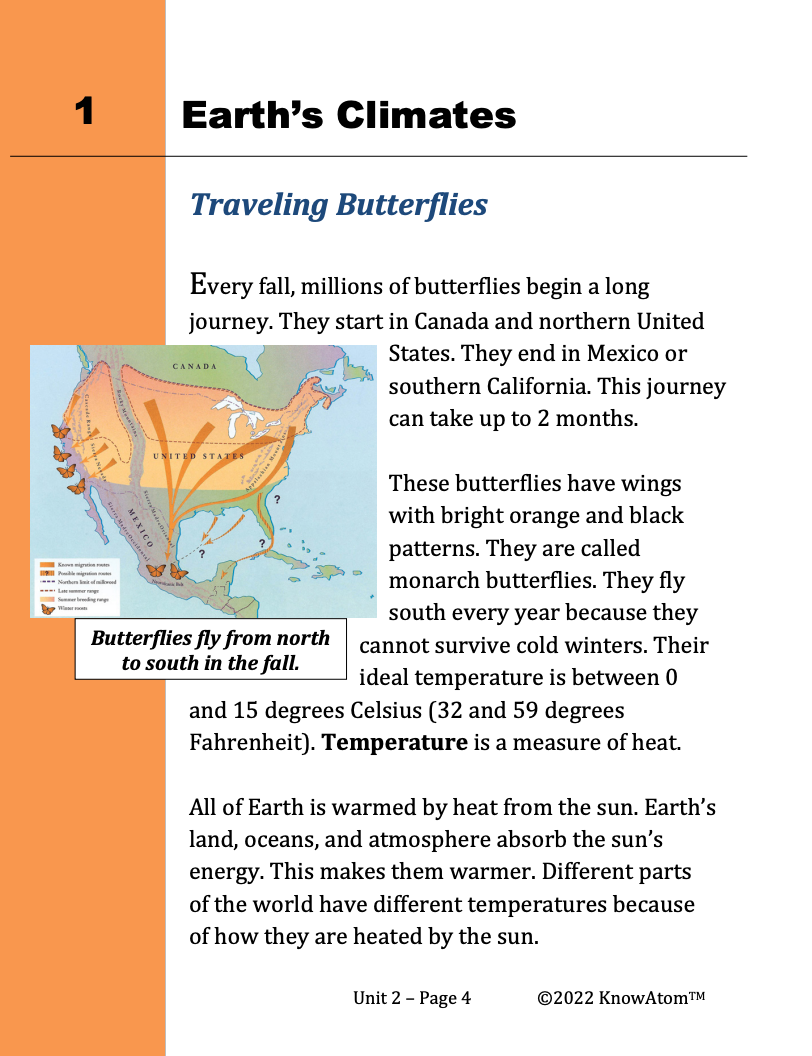
In this unit, students explore the science phenomena of Earth’s weather system and analyze how heat from the sun warms Earth’s surface unevenly, powering the water cycle, which in turn drives weather and climate on the planet. Students create weather instruments to collect and analyze daily weather data.
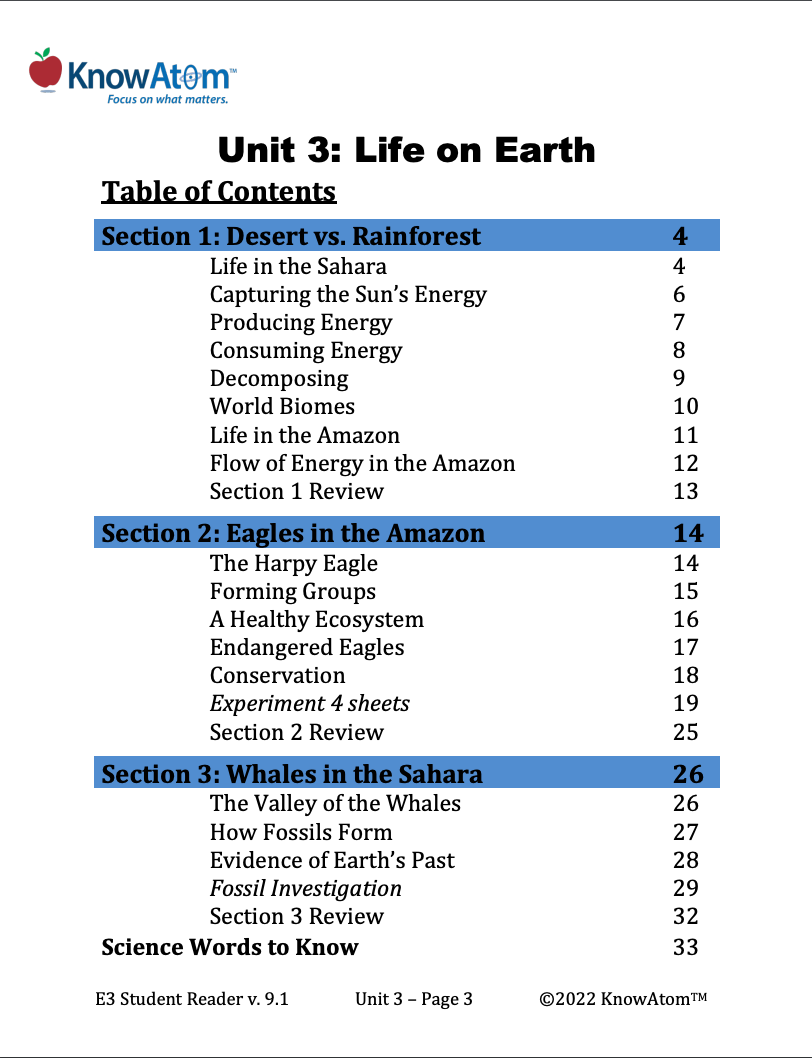
In this unit, students explore the science phenomena of the interdependence of living things and their environment as they analyze how individual organisms are suited to their particular environment. In this lesson, students evaluate how Earth’s biomes have changed over geologic time, studying fossils for clues of the past.
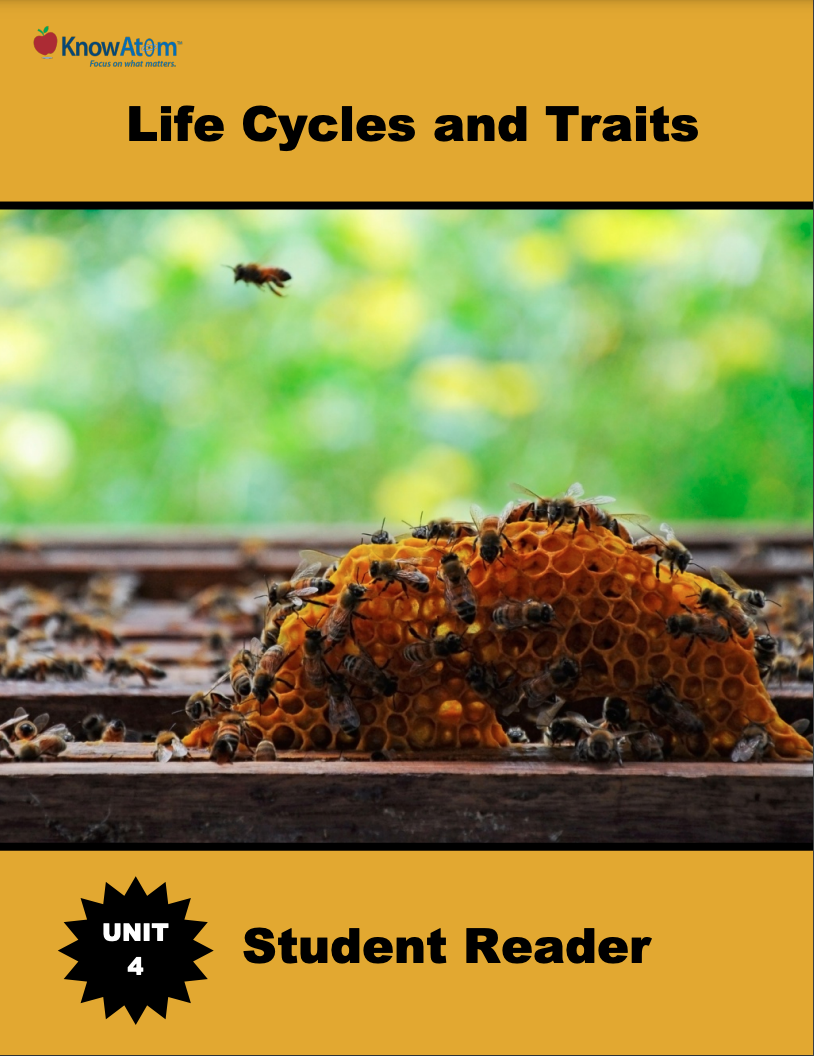
In this unit, students focus on individual organisms, analyzing the science phenomena of life cycles and the inheritance of traits. This lesson has students observing the patterns caused by the changes an organism goes through as it moves through its life cycle. This page is a high-level extract from the first lesson in this unit.
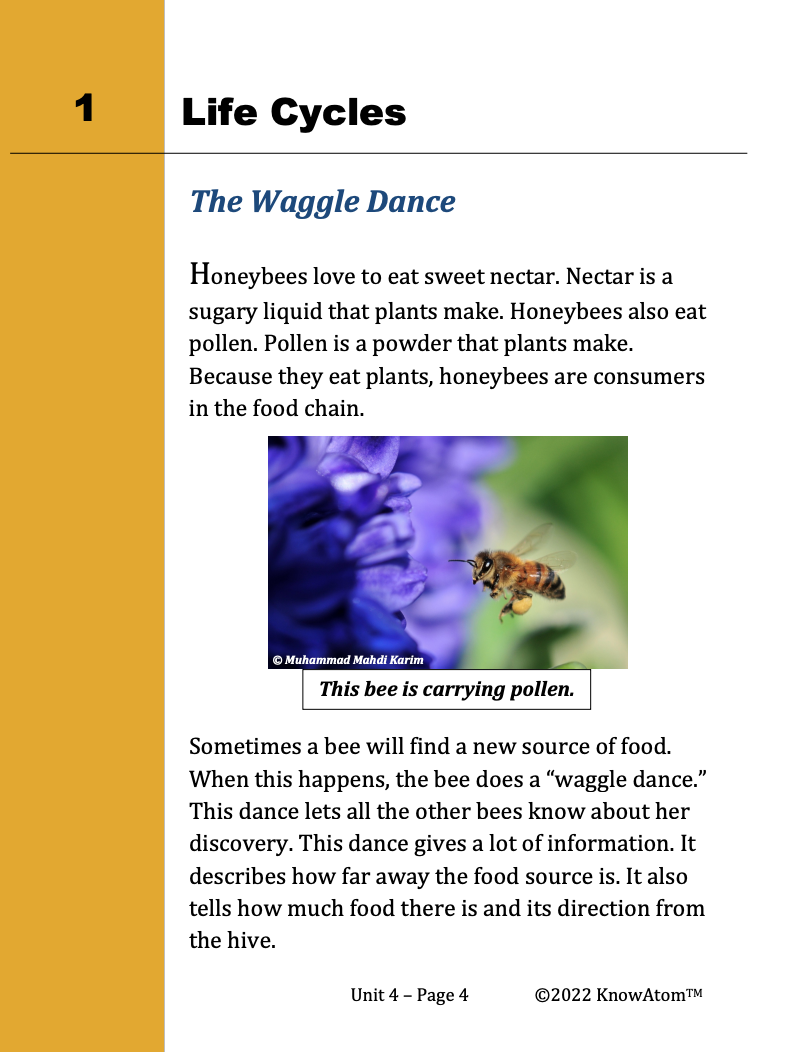
In this unit, students discover the life cycles of different organisms, tracing how individuals move from birth to growth, reproduction, and death. In this lesson, students analyze the science phenomena of how traits are passed down from parent to offspring. This page provides an overview of all the parts of this lesson.
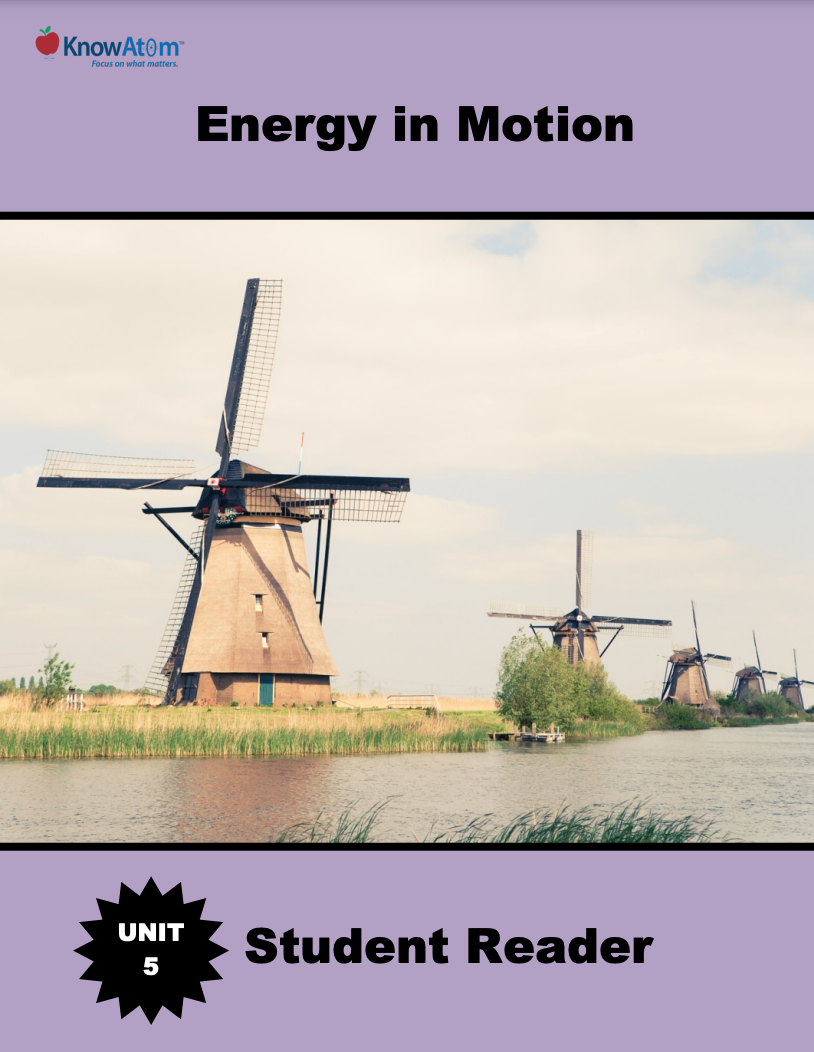
In this unit, students bring together what they have learned about the interactions of energy and matter to explore the science phenomena of relationships between energy, force, and motion. In this lesson, they investigate how windmills transfer the kinetic energy in wind so that it can be used to do work, and then use that knowledge to analyze balanced and unbalanced forces.
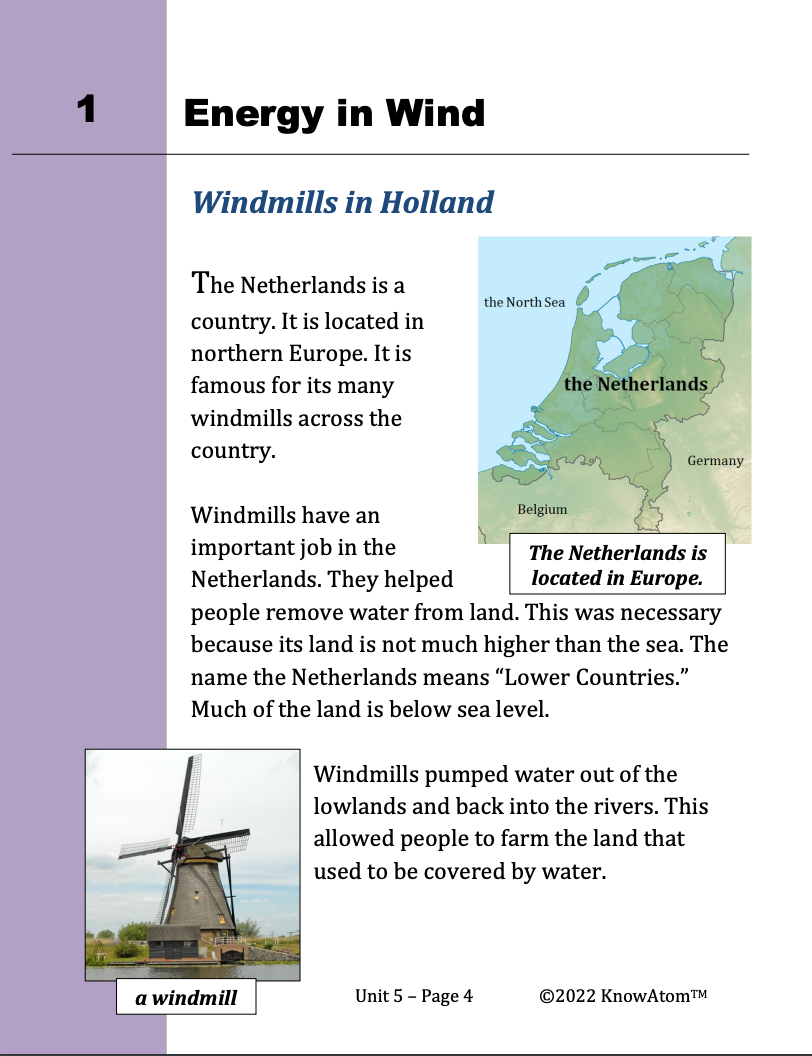
In this unit, students first use windmills to analyze how wind energy provides a force that causes windmills to turn. Then, in this lesson, they explore the science phenomenon of how patterns in motion can be used to predict future movements. This page provides a snapshot of key components of the lesson.
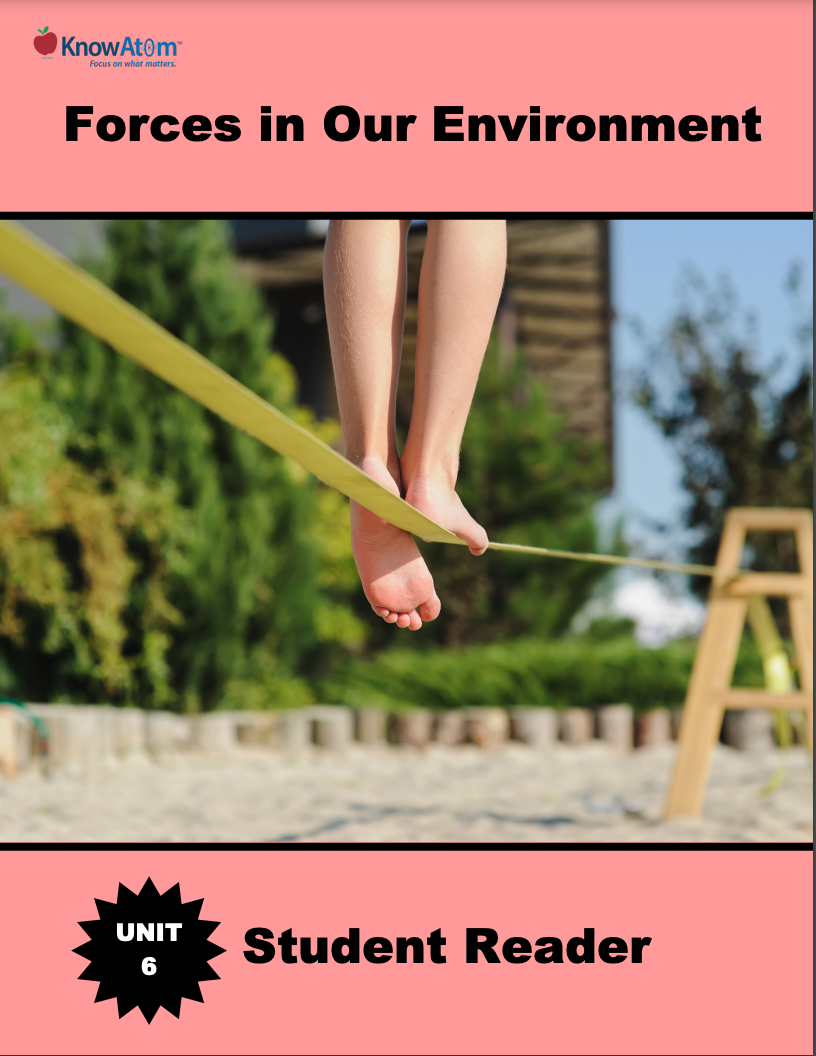
In this unit, students continue to explore the science phenomenon of forces, analyzing how structures have to be able to withstand all of the forces that act on them. Students begin by testing different materials and shapes to see how they respond to different types of forces.
Standards citation: NGSS Lead States. 2013. Next Generation Science Standards: For States, By States. Washington, DC: The National Academies Press. Neither WestEd nor the lead states and partners that developed the Next Generation Science Standards were involved in the production of this product, and do not endorse it.
